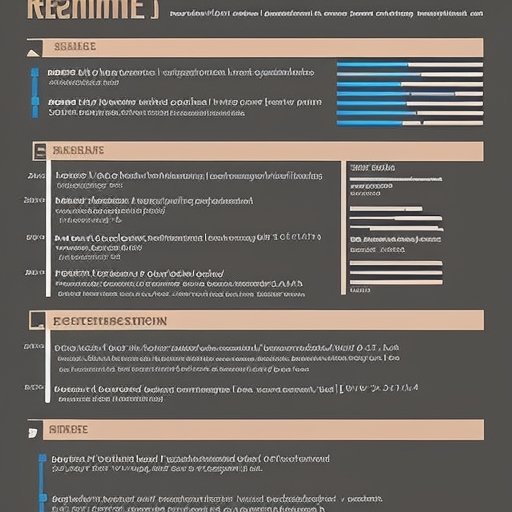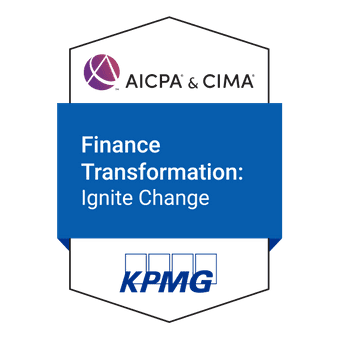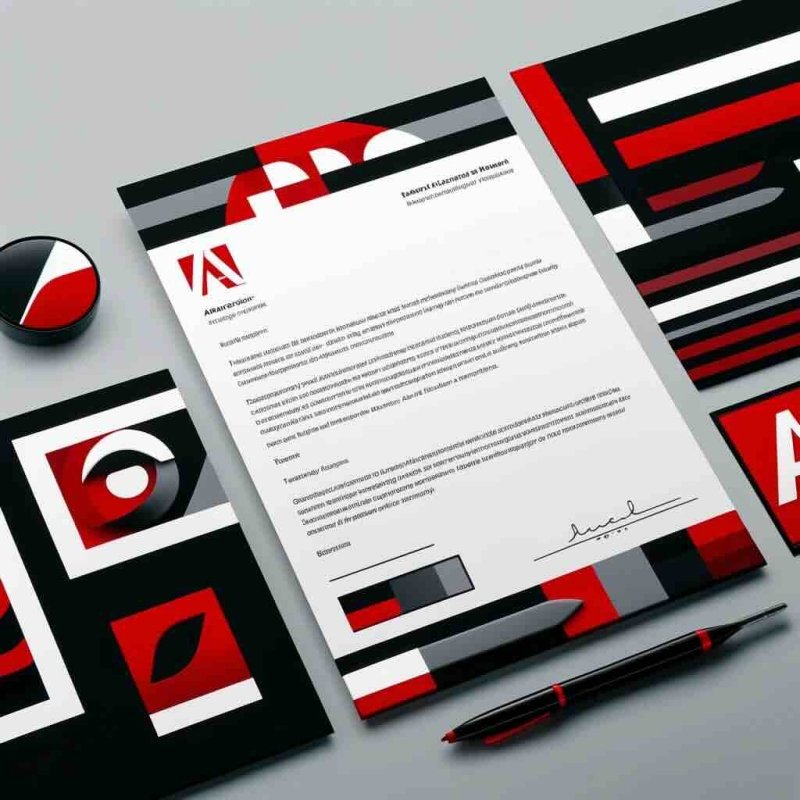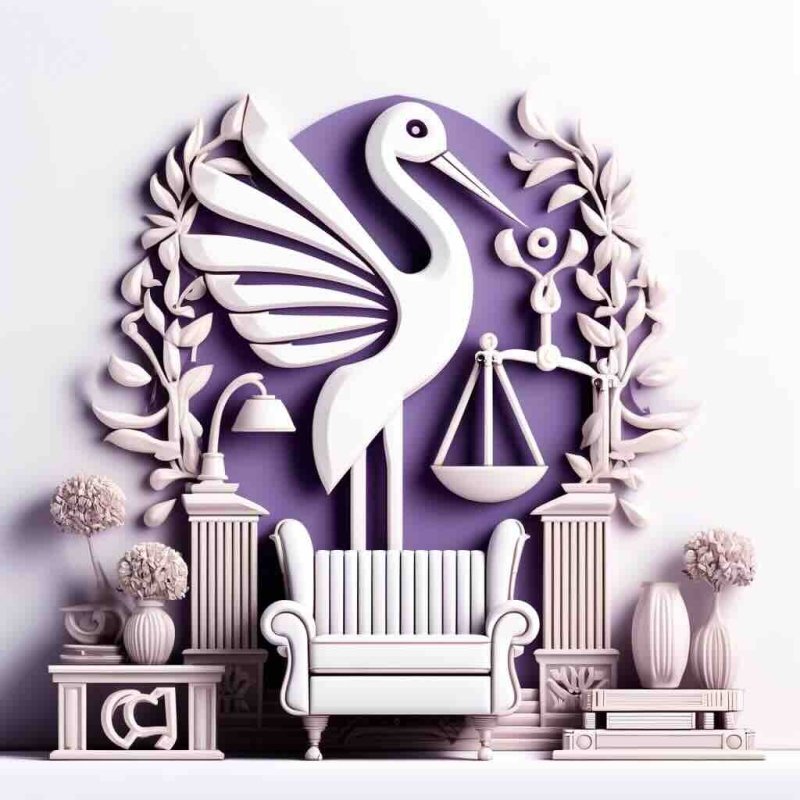How do you get your pitch or idea to be heard
Innovation, disruption, and revolutionary ideas are the stuff of business success. But unless you can get those ideas across to the people in your organization how matter, they're destined to remain pipedreams. Bland business presentations aren't doing your ideas justice and boring PowerPoint presentations are blunting your message. But effective verbal communication, public speaking and presentation skills can be cultivated and improved.
Evaluate Your Ideas
Imagine you've got an idea that's so brilliant, you just can't keep it to yourself. You feel it's what your company needs to secure a competitive edge. So you'd like to suggest it to your boss. After all, every innovative idea counts toward the company's ability to sustain a competitive advantage. But how should you go about it?
There's a specific method for sharing ideas in the business world, and it's called a pitch. A pitch is a speech that aims to convince or persuade with the purpose of selling an idea, product, or service. But before you pitch to anyone, you'd be wise to assess the merits of your idea, and its strengths and weaknesses. Ask yourself, what does a good idea consist of? All successful ideas have certain traits in common.
- First, an idea has to be novel. Something new or unique, that provides an interesting twist on an existing solution, or that addresses a tangible customer problem.
- an idea must meet a business need.
- An idea can be realistically executed within the company's current resources and capabilities.
- And finally, a useful suggestion must be based on research or facts.
Evaluate Your Audience
Even the best innovations would never have been successful if nobody knew about them. Do you know to whom you need to pitch your ideas? Who has the power to implement, or champion them?
Your first step after refining your idea is to decide who will advocate, promote and fight for it. Set about researching these people for the purposes of the pitch, they become your target audience. Find out as much about your audiences as possible. LinkedIn is a great starting point for this. Here, you can review a person's work history and some of their preferences. You can also speak to colleagues and other people who have previously pitched to them. When researching an audience, your focus should be on several pieces of key information.
- First, determine what their preferred communication styles are. They may favor a direct approach. And they'll want you to get to the point quickly. Or, they may prefer a subtler approach. Make it your mission to find out which of these categories your audience is in.
- Second, consider what type of evidence they would require. Maybe they'd want you to perform an in-depth analysis. On the other hand, if anecdotal evidence would suffice, relate your own experience with using a similar product or service.
- Next, figure out the most appropriate time to pitch your idea. Some people are more receptive to input at different times of the day depending upon their typical work schedules. Pick a time that suits your audience.
- Finally, find the most appropriate setting for the pitch. Does your audience prefer a scheduled appointment or are they happy if you just drop in? Is the best place to pitch in a group presentation or at a conference?
Crafting the Perfect Pitch
Imagine you're in an elevator when an influential film producer enters. You've always had this amazing idea for a movie. And now, you finally have an opportunity to share it. But you only have the duration of the elevator ride to convince the producer to back your proposal. This process of sharing an idea with the aim of getting buy in from your audience is known as a pitch. And to be convincing, a pitch has to consist of several elements. Let's explore each of them in turn.
- First, ensure it's short and to the point. The essential points, such as a tangible business problem, your proposed solution, and the reasoning behind the superiority of your idea all should be covered as succinctly as possible. Details are crucial, as they're often what makes an idea unique
- Another element of a strong pitch is that it's conveyed with passion. Your audience wants to feel and see that you really believe in what you're talking about.
- Next, a powerful proposal is adaptable. Ensure you can adapt your pitch to accommodate questions or change your approach if it isn't going well. If there are time constraints, make the presentation shorter.
- A compelling delivery also has an element of storytelling. For example, tell the story of how you identified a need or of how you came up with your idea while reading the back of a cereal box or whatever prompted it. Just make sure it's succinct, relevant, and memorable.
So, how can you further refine your pitch? First, get feedback. Share it ahead of time with friends or colleagues, and ask them for their honest impressions. Ask them what worked, what didn't, and if it was convincing. They may point out flaws or objections you hadn't considered.
Finally, practice as much as possible. Try recording, and watching yourself, assessing your performance. After reviewing the video, address your weaknesses and practice some more. A carefully crafted pitch is essential to seeing your good idea come to life.
Pitching in a Meeting
Pitching to a group of stakeholders is a far cry from practicing in front of a mirror. There are typically many variables beyond your control. In meeting conditions you may have to deal with questions. Interruptions and competing ideas, and you're the center of attention. So how can you hold the floor in a meeting context? You need to choose the best pitching technique. There are a few helpful pitching techniques to choose from.
First, there's the 30-second pitch, in which you aim to captivate your audience in half a minute or less. Using this technique is starting a conversation. You want to be so compelling, that your audience invites you to share more. This method has three simple steps. Summarize your main point into the length of a headline, share three benefits or reasons why your idea is important and then outline one or two compelling details that expand on those benefits.
Another recommended approach is the three minute, three slide pitch, which focuses on your main point. In this technique, you're communicating your idea and why it's superior to others. This works particularly well when appealing to investors. In drafting this kind of presentation, ensure each slide has a particular core focal point. On the first slide, explain the opportunity or problem you're addressing. Then on the second, describe the market. The focus of the third slide should then be your execution plan, proposed approach, or suggested business model. Finally, there's the three by three-technique, in which you create three lists with three points each. This is especially useful when discussing project ideas.
And be aware of your body language and tone of voice. Stand straight and square, like you belong in the room. And speak in a strong confident voice. Make your audience want to listen.
Most of all, it pays to be well prepared. Practice and refine your presentation so it's concise, adaptable, and captivating. Picking an established pitching technique and learning to keep the focus of a group are essential. If you want your idea to be heard, make it worth listening to.
From the blog
View allOther popular blogs
Follow these links to help you prepare for the ACCA exams
Follow these blogs to stay updated on IFRS
Use these formats for day to day operations
- Account closure format
- Insurance claim letter format
- Transfer certification application format
- Resignation acceptance letter format
- School leaving certificate format
- Letter of experience insurance
- Insurance cancellation letter format
- format for Thank you email after an interview
- application for teaching job
- ACCA PER examples
- Leave application for office
- Marketing manager cover letter
- Nursing job cover letter
- Leave letter to class teacher
- leave letter in hindi for fever
- Leave letter for stomach pain
- Leave application in hindi
- Relieving letter format
Link for blogs for various interview questions with answers
- Strategic interview questions
- Accounts payable interview questions
- IFRS interview questions
- CA Articleship interview questions
- AML and KYC interview questions
- Accounts receivable interview questions
- GST interview questions
- ESG Interview questions
- IFRS 17 interview questions
- Concentric Advisors interview questions
- Questions to ask at the end of an interview
- Business Analyst interview questions
- Interview outfits for women
- Why should we hire you question
Popular blogs
Leave application format
Crafting the perfect leave application for any scenario, from personal emergencies to medical leaves, often presents a challenge. To simplify this task, we've assembled an extensive index of leave application formats designed for various circumstances. Our collection is aimed at enhancing the clarity and professionalism of your leave requests. Dive into our index to discover the template that aligns with your specific needs, facilitating a smoother leave application journey.
List of Leave application formats
- Leave application for office
- Leave application for school
- Leave application for sick leave
- Leave application for marriage
- leave application for personal reasons
- Maternity leave application
- Leave application for sister marriage
- Casual leave application
- Leave application for 2 days
- Leave application for urgent work
- Application for sick leave to school
- One day leave application
- Half day leave application
- Leave application for fever
- Privilege leave
- Leave letter to school due to stomach pain
- How to write leave letter










Leave a comment